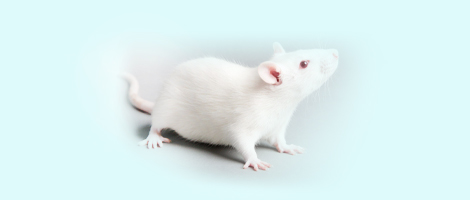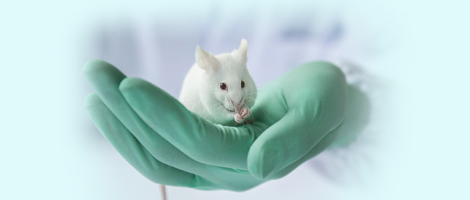






实验动物与比较医学 ›› 2010, Vol. 30 ›› Issue (4): 257-260.
摘要: 目的 建立大鼠吸入全氟异丁烯(perfluoroisobutylene,PFIB)染毒致急性肺损伤实验模型,并进行血液和组织中细胞因子和组织形态学改变观察。方法 制作大鼠吸入PFIB诱发急性肺损伤动物模型,测定动物染毒后肺灌洗液(BALF)中总蛋白含量扣肺含水量变化,血清和肺组织中白介素-1(IL-1)、白介素-8(IL-8)、白介素-10(IL-10)、白介素-18(IL-18)和肿瘤坏死因子-α(TNF-α)含量改变,以及肺组织病理学观察。结果 (1)模型大鼠肺含水量和BALF蛋白含量较空白对照组明显增加;(2)PFIB染毒诱发急性肺损伤动物血清和肺组织中IL-1,8、10、18和TNF-α细胞因子可见特征性改变;(3)形态学观察可见肺组织水肿和明显的炎症反应。结论 研究和探讨PFIB吸入诱发急性肺损伤的变化规律和特点可提供更多的急性肺损伤预防和治疗信息。